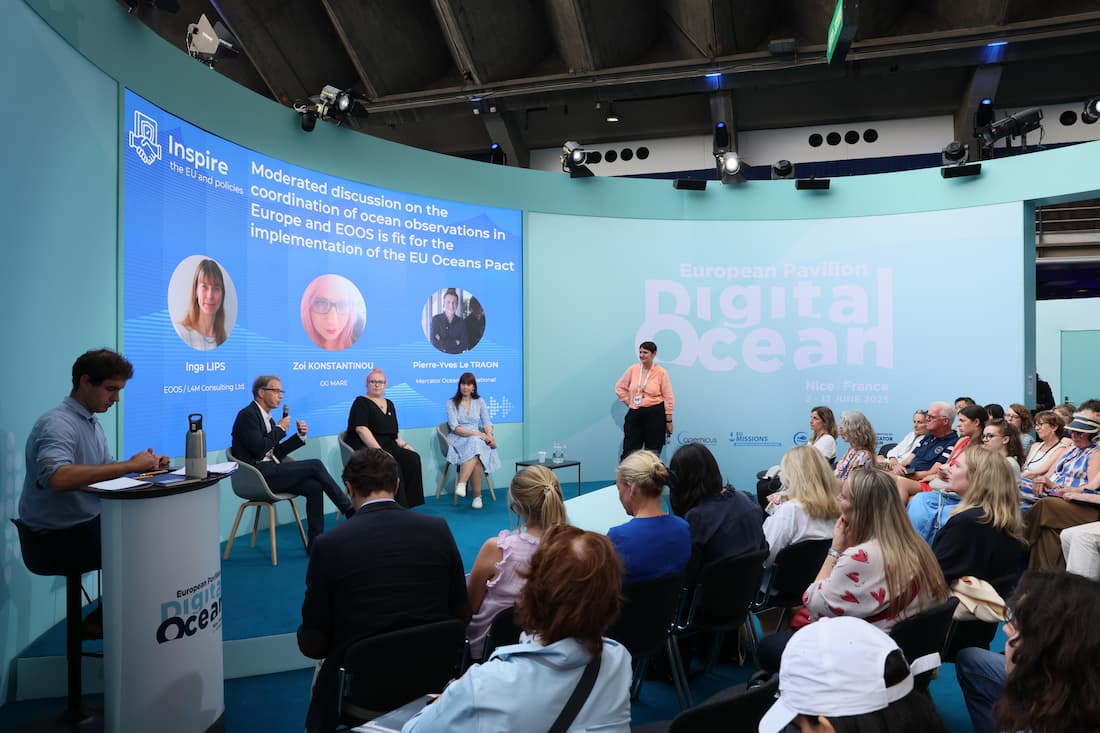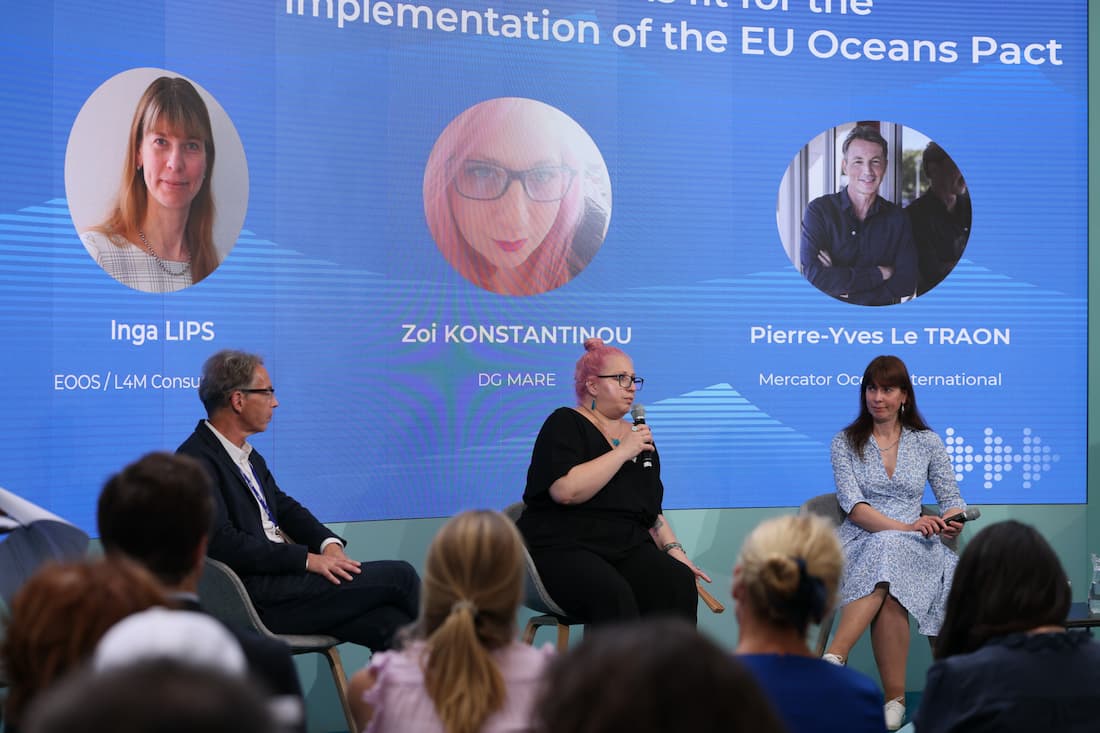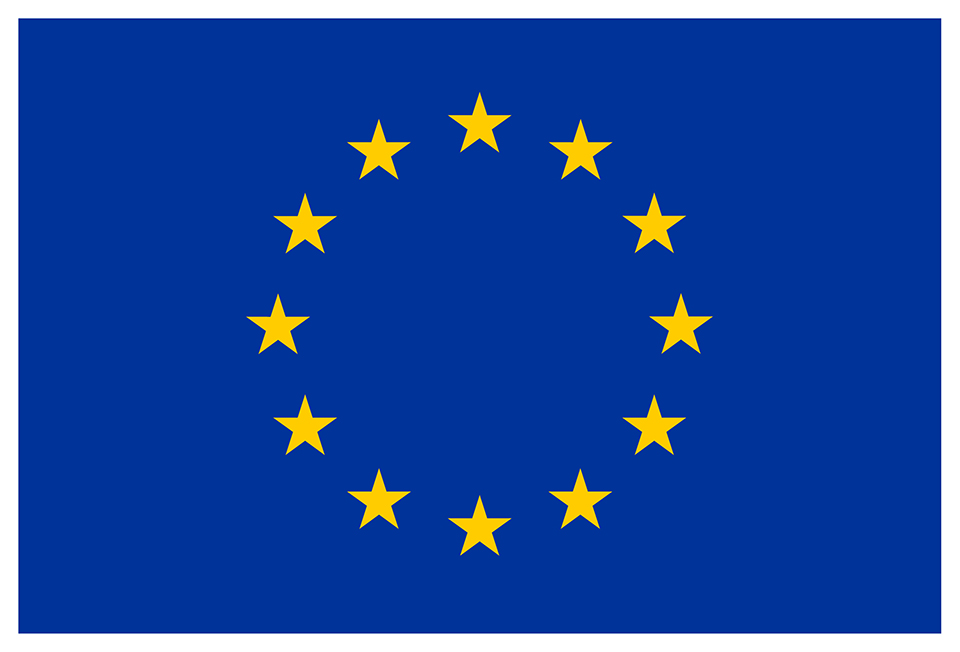On June 5, 2025, just days before the 3rd United Nations Ocean Conference (UNOC3), held in Nice, France, the European Union (EU) announced a new comprehensive, holistic, and integrated approach to ocean sustainability – the European Ocean Pact.
The EU has launched many strategies to protect and sustainably manage the ocean, but these have largely been developed in isolation, resulting in a fragmented policy landscape. The European Ocean Pact seeks to build upon existing laws and initiatives to create a single political and strategic framework for managing human activities in the ocean. By aligning existing efforts under one cohesive vision, the Pact aims to strengthen ocean protection, foster a resilient and competitive blue economy, and enhance support for coastal and island communities.
The European Commission will present an Ocean Act by 2027 based on a revised Maritime Spatial Planning Directive to support its delivery. A high-level Ocean Board will guide progress, while a public European Ocean Pact dashboard will provide transparent, centralised tracking of milestones and actions.
Six priority areas
The European Ocean Pact is structured around six interconnected priority areas for safeguarding ocean health and promoting sustainable development.
The first priority of the Pact is restoring ocean health. The EU plans to encourage more well-managed marine protected areas, establish blue carbon reserves, and revise the Marine Spatial Planning Directive.
The second priority is boosting the sustainable competitiveness of the blue economy, which includes industries such as fisheries, aquaculture, shipping, tourism, and offshore energy. Among other actions, the EU plans to launch a sustainable tourism strategy, develop a vision 2040 for fisheries and aquaculture and a new industrial maritime strategy.
The third priority focuses on supporting coastal and island communities, which are at the forefront of ocean-based activity and climate vulnerability. Under the European Ocean Pact, there will be a strategy for the development and resilience of EU coastal communities, a consultation with stakeholders on a new strategy for EU islands, and updates for the outermost regions of the EU.
Fourth is advancing ocean research, knowledge, and innovation. Central to this priority are plans to launch an EU Ocean Observation Initiative, deliver a fully operational Digital Twin of the Ocean by 2030. In particular, the Ocean Observation Initiative will see the further development and integration of the EU’s two flagship marine data services, EMODnet and the Copernicus Marine Service. Together, they will feed into the European Digital Twin of the Ocean. In addition, there are plans to build ocean literacy through an EU Ocean Youth and Intergenerational Ambassador Network.
The Enhancing maritime security and defence pillar responds to the growing complexity of threats facing Europe’s maritime spaces. Actions will include the development of a strategy to remove unexploded ordnance from European waters and strengthening cooperation with countries in North Africa and the Middle East.
Last but not least is strengthening EU ocean diplomacy and international ocean governance to protect the ocean, advance cooperation, and promote EU interests and values. Among other things, the EU plans to pilot an International Platform for Ocean Sustainability – a platform linking ocean knowledge, policy, and society across regions. Operating at national and regional levels, the platform will support countries in accelerating the fulfilment of their international ocean commitments.
Enhancing collaboration within the EU
At a dedicated session in the EU Digital Ocean Pavilion of UNOC3, representatives from the European Ocean Observing System (EOOS), the French Ocean Observing System (FR-OOS), and the DG for Maritime Affairs and Fisheries (DG Mare) gathered to discuss how EOOS would support the European Ocean Pact.
EOOS aims to enhance coordination between national and EU-level initiatives, improve data quality, address observational gaps, and foster innovation. By federating and further developing ocean observation capabilities, EOOS will support a fit-for-purpose ocean observation system that meets the diverse needs of users across the EU.
Speakers highlighted how ocean observation is the foundation of all marine knowledge and that the European Ocean Pact presents a rare political opportunity to scale up efforts through better coordination and collaboration. They pointed to successful examples of cross-border collaboration, such as in the Baltic Sea, as well as national efforts. Pierre-Yves Le Traon (Ifremer and Mercator Ocean) presented the French Ocean Observing System (Fr-OOS). Launched in 2023, Fr-OOS aims to coordinate French research infrastructures and networks. Integration into European initiatives like EOOS is one of the strategic objectives of Fr-OOS.
Speakers stressed the crucial role EOOS will play in enhancing coordination and collaboration on national levels and across the EU. Such collaboration needs to be improved to consolidate existing data, identify and fill in crucial knowledge gaps, support innovation, and ensure Europe’s Ocean observation efforts benefit society in the EU and beyond. On the global stage, EOOS will contribute to the Global Ocean Observing System (GOOS).
Speakers noted that the European Ocean Pact, with its Ocean Observing Initiative, will open up more collaborative opportunities to ensure the success of EOOS, but also spoke about the importance of sustained, long-term observations and investment to support ocean observing systems and of explaining why ocean observations are important to policymakers and the wider public.
Additional information
- Watch the presentations: https://www.digitaloceanpavilion.eu/content/the-eu-policies
- The European Ocean Pact: https://oceans-and-fisheries.ec.europa.eu/european-ocean-pact_en#one-ocean-one-strategy
- EU Mission: Restore our Ocean and Waters – https://research-and-innovation.ec.europa.eu/funding/funding-opportunities/funding-programmes-and-open-calls/horizon-europe/eu-missions-horizon-europe/restore-our-ocean-and-waters_en
- EuroGOOS website: https://eurogoos.eu/
- European Digital Twin Ocean – https://www.edito.eu/Copernicus website: https://www.copernicus.eu/
- EDITO: European Digital Twin Ocean website: https://www.edito.eu/
- EMODnet website: https://emodnet.ec.europa.eu/en







